
In the predominately male world of the New York theatre, beginning as far back as 1933, Cheryl Crawford broke new ground over a fifty-three year period as a female theatrical producer. She worked with some of the greatest artists there have ever been and made significant contributions to some of the most important Broadway productions in the middle to late 20th century. Here's a bit of biography by way of today's "Theatre Yesterday and Today."
Having recently posted a salute to the director and theatre scholar Harold Clurman, his longtime friend and contemporary Cheryl Crawford — born within the same week (one year and six days later) — is also most deserving of a tribute. As one of the earliest of women producers, Crawford’s list of achievements was the envy of many who came after her, be they male or female.

Crawford left her distinct mark in establishing and running such landmark theatrical institutions as the Group Theatre; Eva Le Gallienne’s American Repertory Theatre; the American National Theatre (ANTA) and the Actors Studio. Though perhaps those institutions might not mean as much today, they were essential to the growth of the American theatre as we know it today. That she was an internal part of that while also maintaining a sterling reputation independently producing plays and musicals, was extraordinary. Her credits include One Touch of Venus, with its lush score by Kurt Weill and Ogden Nash; a vehicle once meant for Marlene Dietrich that provided Mary Martin with her first solo Broadway success. An early proponent of the team of Alan Jay Lerner and Frederick Loewe, Crawford produced both Paint Your Wagon and Brigadoon, as well as four by Tennessee Williams: The Rose Tattoo, Camino Real, Period of Adustment and Sweet Bird of Youth. One of her first efforts was Awake and Sing, the Clifford Odets’s saga of a Jewish family, and one of her last — forty years later — was Isaac Bashevis Singer’s Yentl, the production that inspired Barbra Streisand to direct and star in her 1983 film adaptation.

Calling this column “One Naked Individual” is an echo of Crawford’s winningly titled 1977 autobiography, drawn from an incident in early childhood. As the story goes, Crawford skipped kindergarten, where she would have properly learned the Pledge of Allegiance and, when upon entering first grade, had no knowledge of it. So, with the class assembled to recite it, she mistakenly took the passage “One nation, under God, indivisible …” and heard it as “One naked individual.” It’s a fitting story, since hearing and seeing things differently were the earmarks of Crawford’s oeuvre. And bearing herself nakedly had just about everything to do with the unfamiliar ground she tread among men unaccustomed (or unwilling) to hear out a woman with strong opinions. At the time Crawford struck out on her own in the 1930s, there were practically no independent women producers on Broadway.
Born September 24, 1902, Crawford grew up in Akron, Ohio and received a degree in drama from Smith College in Northampton, Massachusetts. Though determined to find her place in the theatre, she had no idea what that place might be. This set off a trial and error period where Crawford worked as an actress, in casting, and as an assistant stage manager. She was fortunate to find a job at the Theatre Guild, the first-class producing organization responsible for presenting the plays of George Bernard Shaw (and later Eugene O’Neill). This is where she met two other ambitious young talents finding their footing: Clurman and Lee Strasberg, who as a triumvirate, would later form the Group Theatre, the progenitor of the most socially relevant theatre of the 1930s. While at the Guild, one of Crawford’s jobs was as a play reader, and it was in that capacity she discovered an ability to differentiate a good play from a bad one. And thus, a career as a producer was launched.

Crawford’s years with the Group allowed her to work with the leading lights of what was then a new and progressive theatre: playwrights like Odets, Sidney Kingsley and Irwin Shaw, as well as directors Clurman, Strasberg, Elia Kazan and Robert Lewis. When the Group disbanded, she helped create the American Repertory Theatre, the actress/manager Eva Gallienne’s second effort (after her first try with her own Civic Rep) to build a New York company of actors to rival that of England’s best rep companies. But Crawford’s most lasting legacy (via institutions), was her founding and running the Actors Studio, which many mistakenly believe was started by Lee Strasberg. Though his name later became synonymous with it, due to his being its most illustrious teacher, it was actually begun by Crawford, Elia Kazan and Robert Lewis.

Hardly everything she touched turned to gold. Yes, Crawford did have fine instincts, and worked well with playwrights and directors, but she could also be ruthlessly honest in saying no, even to good friends. She loved musicals, and one she got behind early was Jerome Robbins, Arthur Laurents, Leonard Bernstein and Stephen Sondheim’s attempt at updating Romeo and Juliet in a contemporary musical setting. After a year of working together, here’s how West Side Story nearly bit the dust, as told by Sondheim in his 2010 book Finishing the Hat:
“[Cheryl] decided to drop us, on the grounds that the script hadn’t sufficiently explored the causes of juvenile delinquency. She announced it to us casually in her office one afternoon in May, disregarding the fact that rehearsals were to begin in July and that we wouldn’t be able to postpone them since Lenny was obligated to take charge of the New York Philharmonic Orchestra in September, and in Israel, meaning he would then be lost to us forever. Stunned and discouraged, we left Cheryl’s office to regroup over a drink at the nearest watering hole, which turned out to be the cocktail lounge at the legendarily theatrical Algonquin Hotel, only to suffer another blow: the management refused us entry because Arthur wasn’t wearing a tie.”
Jerome Robbins’s version of why Crawford pulled out, and very possibly the truth, is contained in one sentence: “She couldn’t raise the money.”
We all know the story ends well, with Sondheim himself enlisting his friend Harold Prince, who signed on to co-produce with his then-partner Robert Griffith. West Side Story became the first of the many groundbreaking Sondheim-Prince collaborations — partially thanks to Cheryl Crawford.
I include that story to illustrate that all producers, by nature of the job, are risk takers, as well as fallible (i.e. human). Throughout her long career Crawford undoubtedly made mistakes, but more often than not, proved her courage over and over again. In 1942, she personally made it her mission that Porgy and Bess get the proper production it deserved, having initially failed in its original 1935 Broadway production. Returning to Broadway seven years after it was rejected by the critics, had those same souls waking up to its genius. It was too late for George Gershwin to appreciate, as he died just two years after its premiere, but due to Crawford’s tenacity, the rehabilitation of Porgy and Bess allowed for its current status as a mainstay of world theatre and opera.
Crawford was the longtime partner of Ruth Norman, a restaurateur and cookbook author. In a biography titled A Gambler’s Instinct: The Story of Broadway Producer Cheryl Crawford, author Milly S. Barranger reports that while Crawford was “taciturn” about her personal life, she wore her lesbian identity “undisguised in her tailored clothes, her hair style, her masculine tone of voice, and her circle of women friends.” She died on Oct. 7, 1986 in New York City, six months after her last Broadway production (So Long on Lonely Street). She was eighty-four. Working to the end, always in search of something new: that was the sort of producer Cheryl Crawford was: one who took solitary stands and paved the way for other brave naked individuals like herself.
If you enjoy these columns, check out Up in the Cheap Seats: A Historical Memoir of Broadway, available at Amazon.com in hardcover, softcover and e-book. And please feel free to email me with comments or questions at Ron@ronfassler.org.

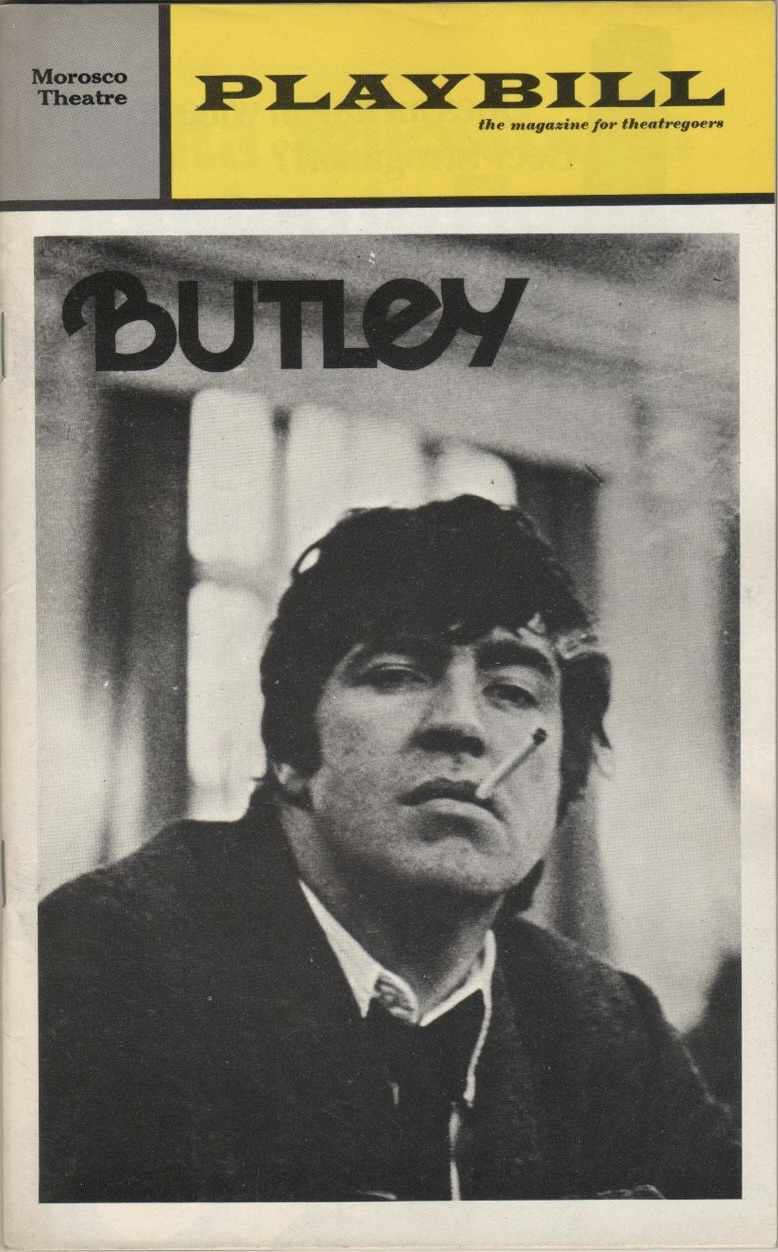
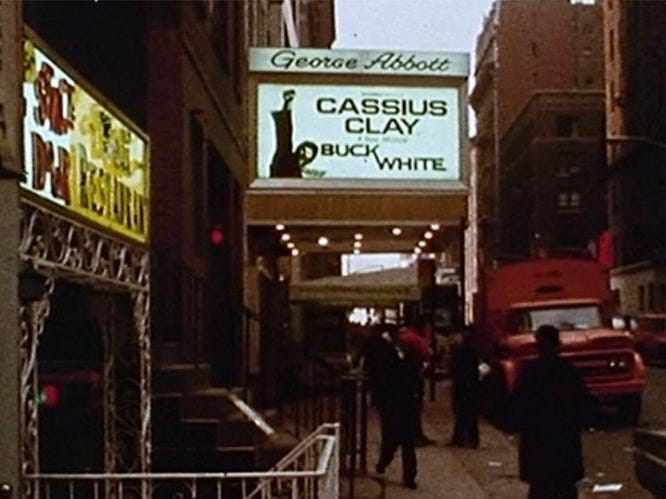

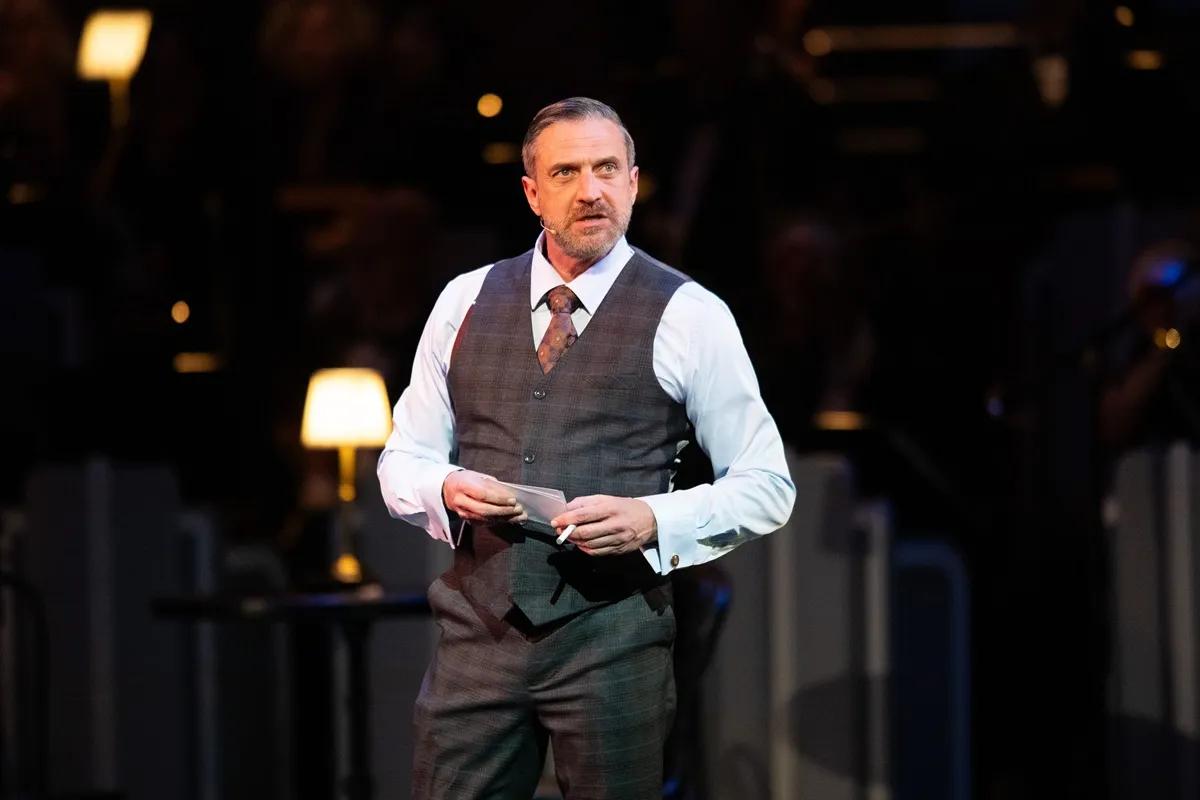

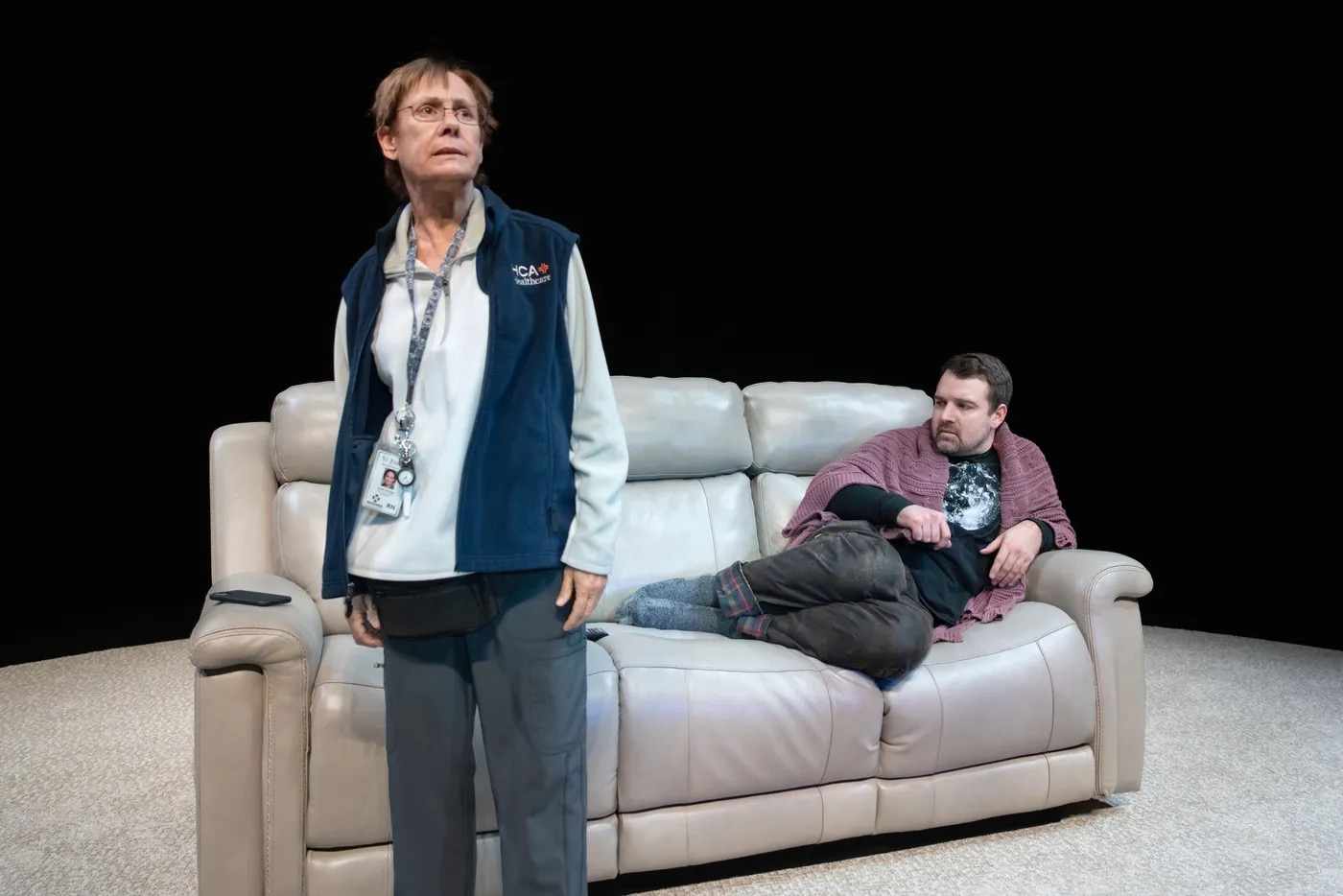
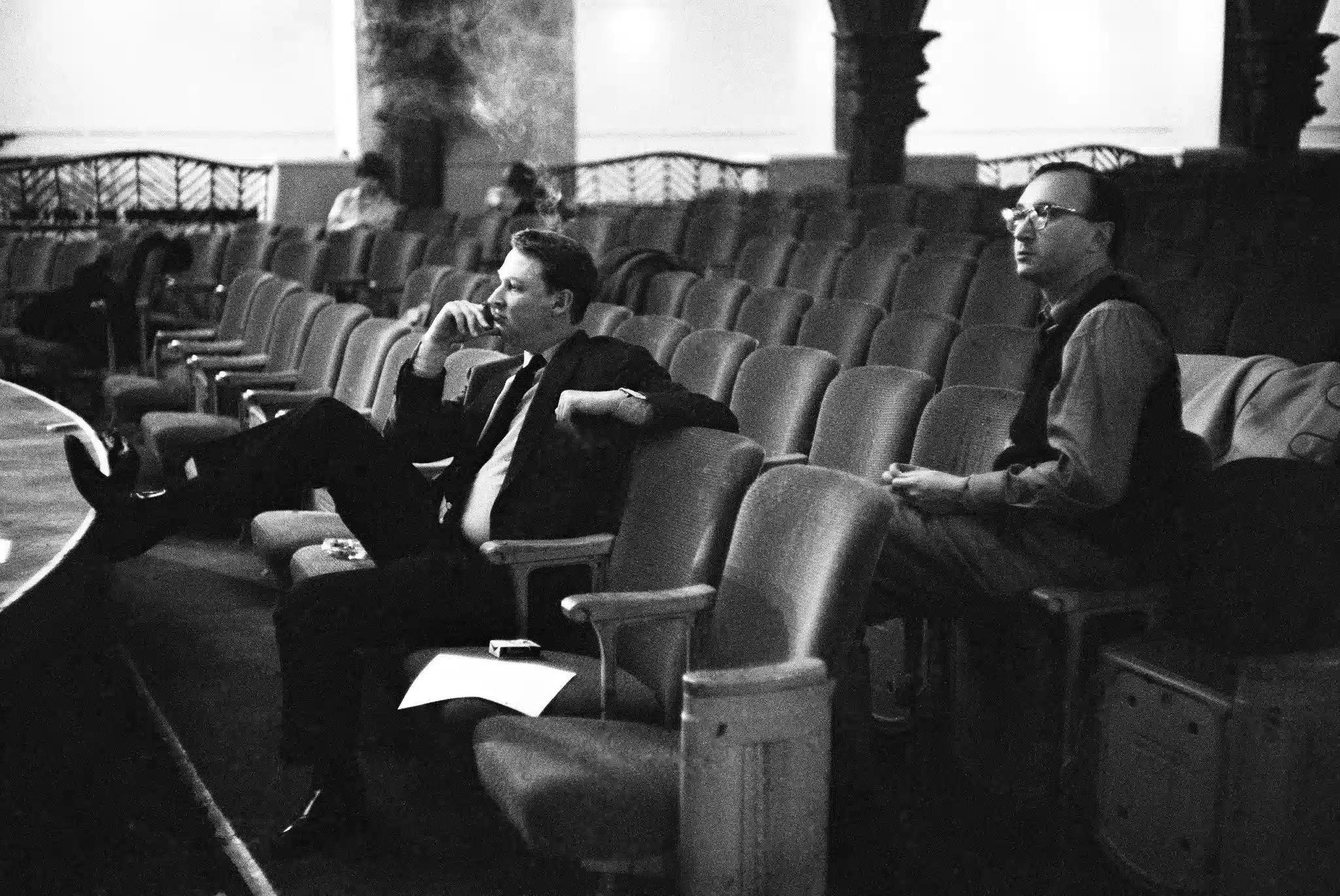
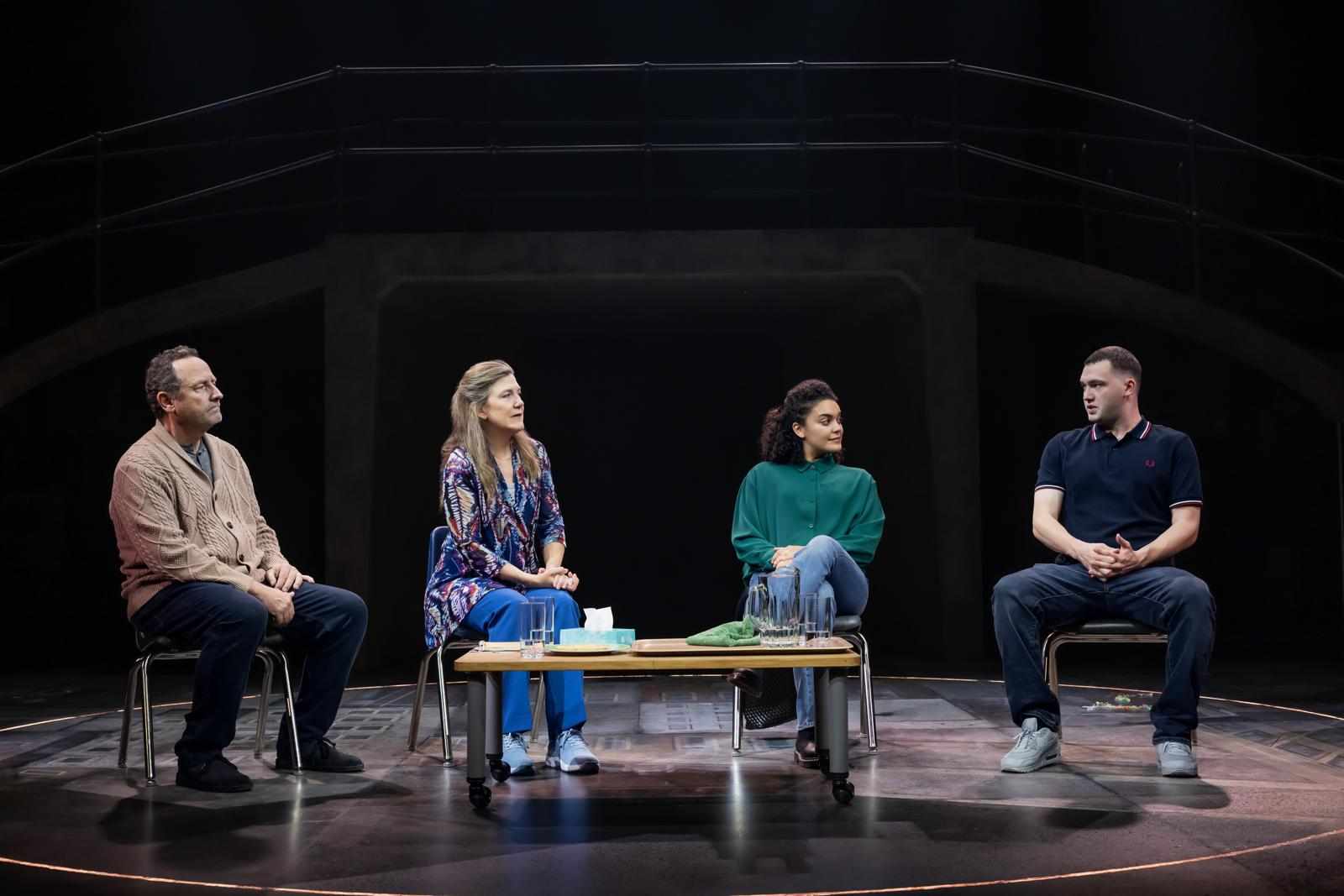
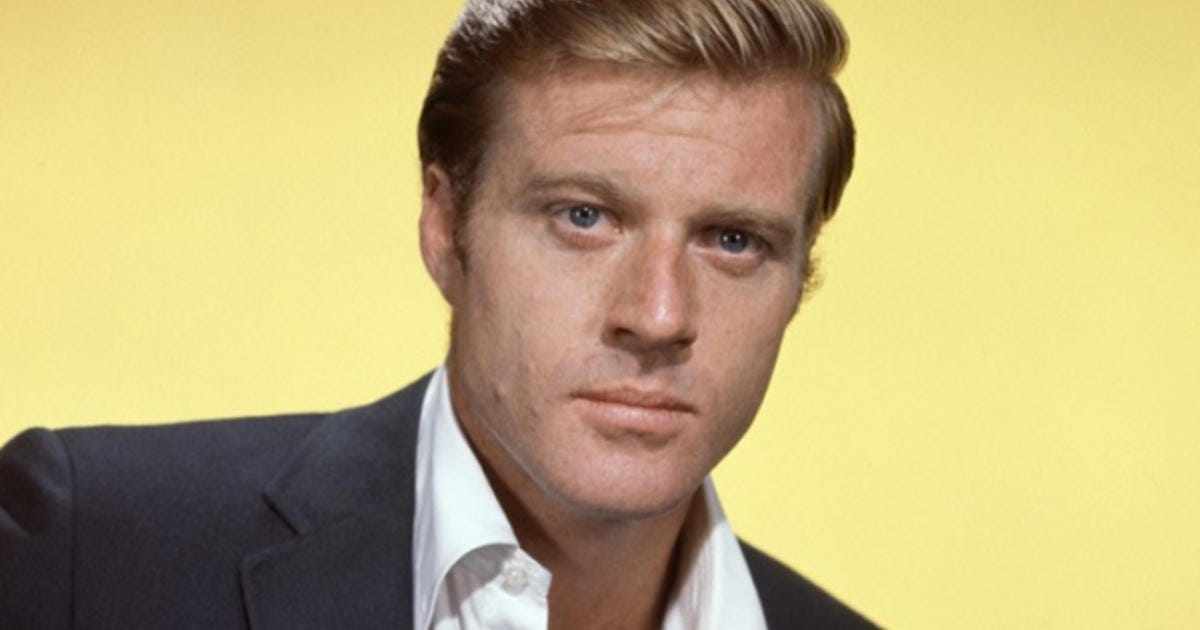
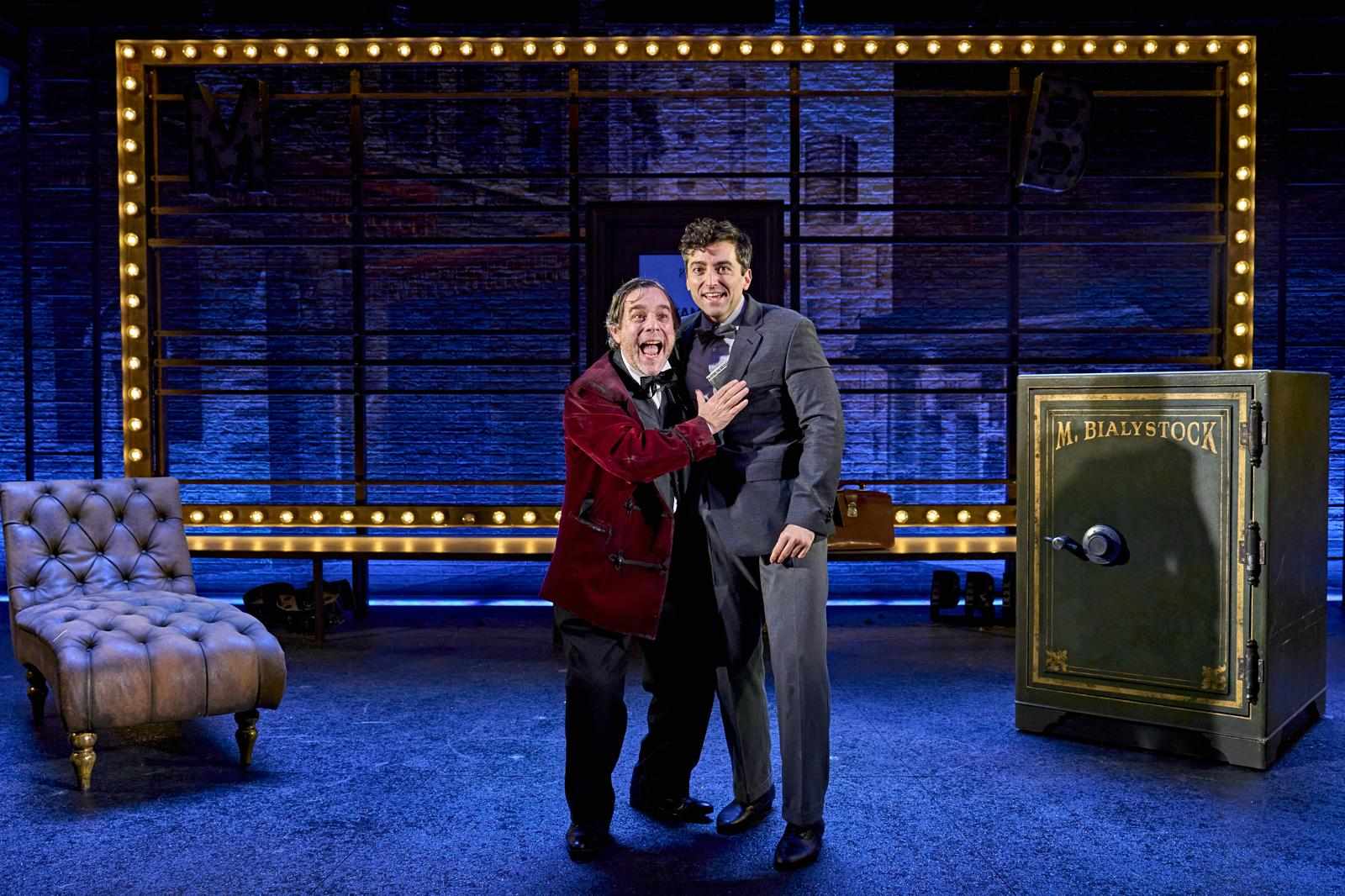
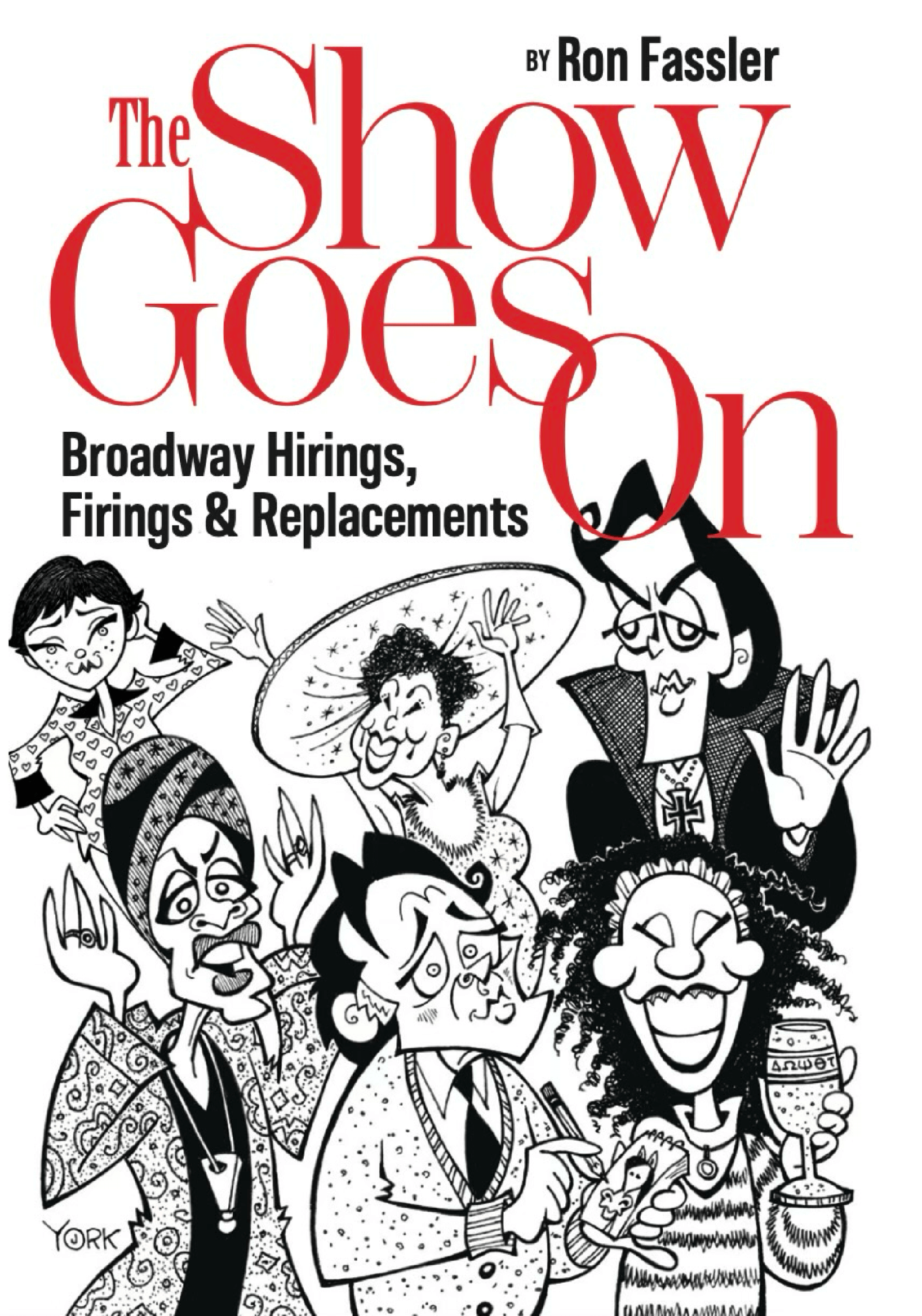

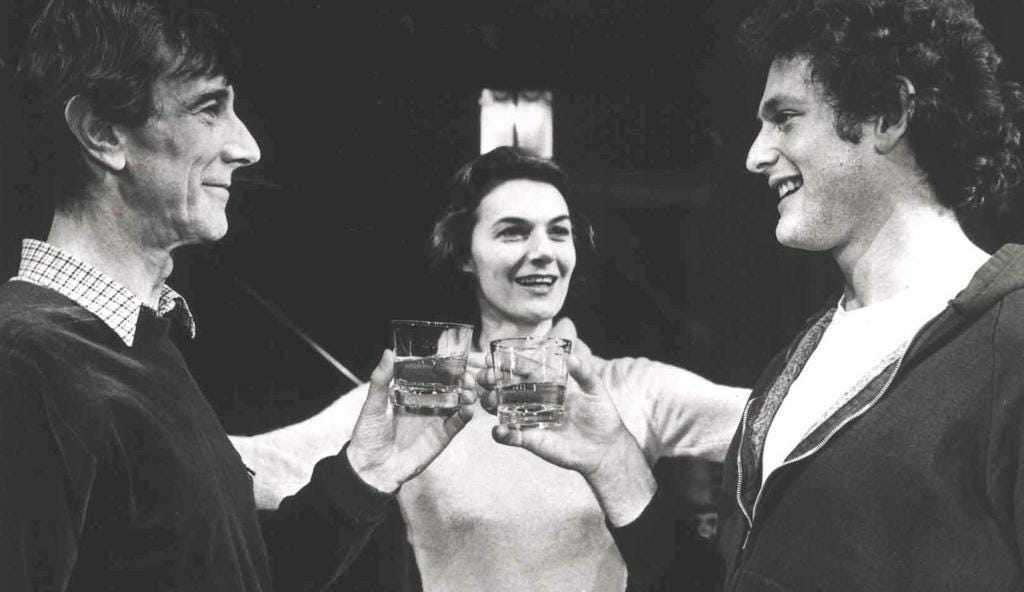





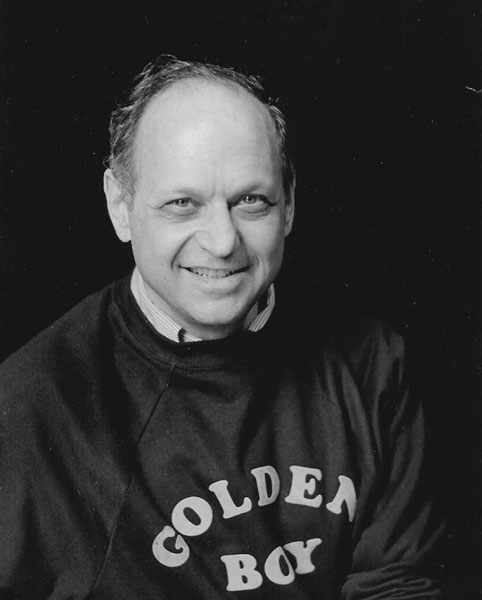

Write a comment ...